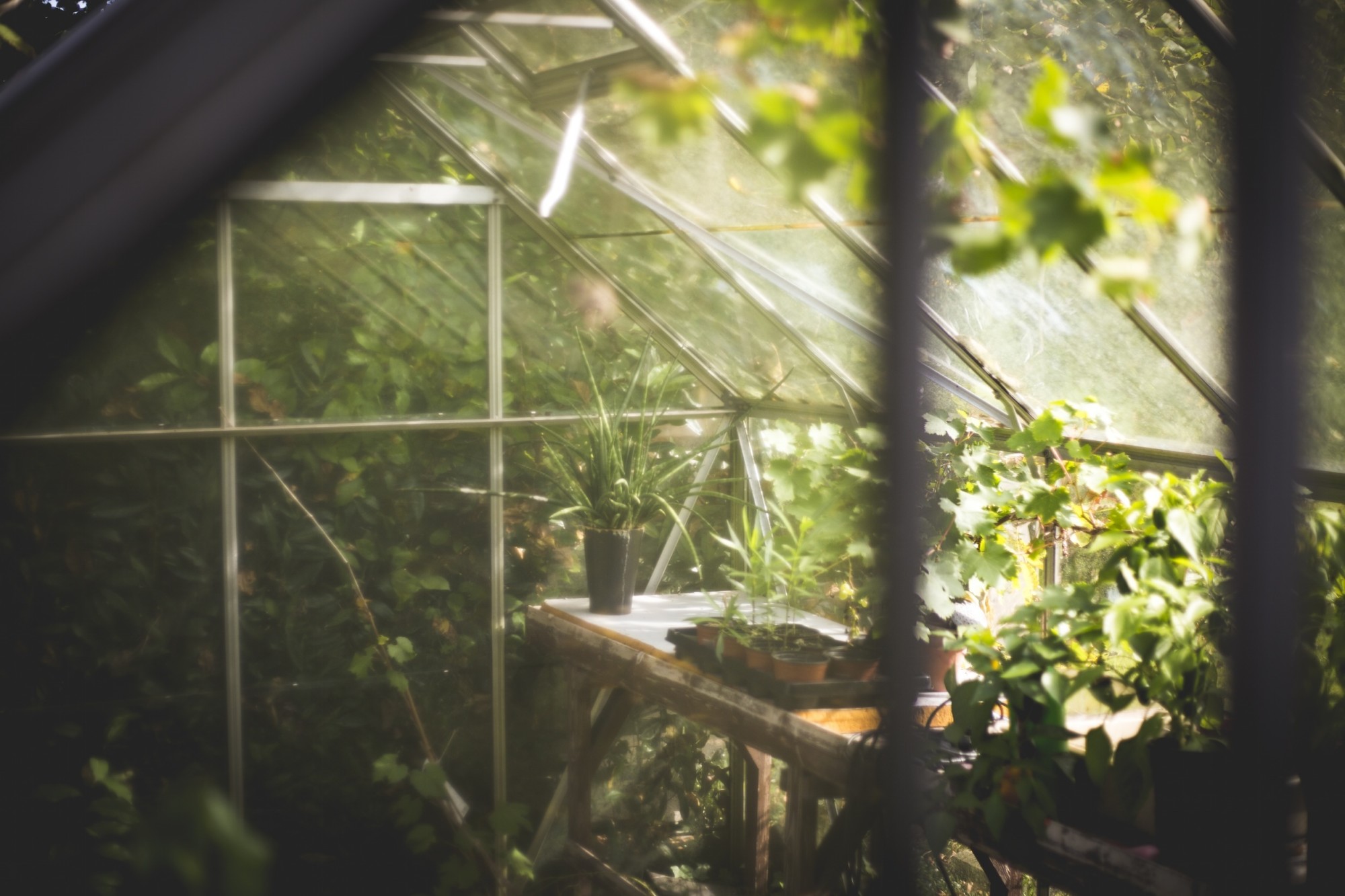The concerns around climate change and dwindling natural resources are present on collective consciousness. It’s no wonder that green roofs have seen a 15% increase since 2013.
Are you asking yourself, what is a green roof? Read on to find out.
What is a Green Roof?
So what is a green roof? A green roof system is an addition that can be added in order to grow plants.
There are various types of green roof options. Yet all have the basic parts in common: a waterproofing membrane, a layer of soil, and vegetation.
Instead of shingles on the top of the structure, there is living vegetation with a built-in drainage system.
Green roofs can be fitted onto the existing roofs of most buildings that have a flat top.
How Green Roofs Work
Green roof systems allow you to turn unusable space into useful green space. You can choose to grow grass, vegetables, pollinator-friendly flowers, or a blend of all these.
Your experts in Roofing Phoenix, AZ can help determine the size and weight that your roof can hold.
The first step in installing a green roof is to lay a waterproof membrane. This will prevent water from leaking onto the roof or into your interior.
Next comes a filter, drainage, and water-retention layer. These prevent plant roots from growing down to your roof and also prevents the soil from being washed away.
On top is a layer called the growing later. This is made up of soil and porous material.
Finally, come the plants. The plants you grow will depend on the depth of your green roof and the climate. Green roofs with deep soil can handle shrubs or even trees.
Now that you know what green roofs are and how they work, you are probably wondering, why you should get one.
Green Roof Benefits
There are many benefits to installing a green roof on your property. These benefits include financial, ecological, and design benefits.
Here are a few of the benefits to choosing a green roof.
Cleaner Air
We all know that plants clean the air. Similarly, a green roof pulls airborne pollutants and filters gases out of the air we breathe.
Also, green roofs reduce the temperature output of buildings. This is another way that a green roof reduces the amount of carbon dioxide that is released.
Reverse the Urban Heat Island Effect
Urban areas are full of concrete, asphalt, and buildings. Unfortunately, all these absorb and retain heat. As a result, an urban city can be 1.8–5.4 degrees warmer than surrounding areas.
This is known as the urban heat island effect. Poor air and water quality are common in these situations.
With a green roof, the plants and not the building absorb the sun and heat. Through the process of evaporation, a green roof can help cool cities.
Aesthetics
Looking out your office window to a concrete roof with a pool of rainwater isn’t appealing. Green roofs, like all urban greening projects, can beautify the concrete jungle. Plus, when buildings look better they offer better investment potential.
Control Stormwater
Stormwater runoff can be an issue for many places. Extensive rain can put a strain on pipes and sewer lines. It can wash away soil and cause flooding.
Green roofs are excellent at retaining rainwater. The substrate absorbs the water. Then the plants return the moisture to the sky through evaporation.
Even when water does runoff a green roof, that runoff happens hours or days later. This means that there is less stress on the sewer system at peak flow times.
Added Amenity Space
Green roofs can add a lot of amenity space to your property without increasing your square footage.
These spaces can be used for a wide variety of purposes such as community gardens, restaurant terraces, recreational space, and more.
Imagine a hospital roof used for to sit and read or walk by patients and employees alike. Or a community lawn bowling area or bird watching space.
In fact, having a green roof can help reduce community resistance to infill projects.
Better Energy Efficiency
Many of the benefits we’ve talked about are public benefits. Yet there are a handful of benefits for property owners too.
The increased roof insulation you get from a living roof reduces the amount of treated air needed inside the building.
In warm months, the roof shields the building from the sun’s rays. In winter, it prevents heat loss. That means less AC and heat is needed to keep the thermometer at a good level.
In fact, the National Research Council of Canada found that an extensive green roof reduced the daily demand for AC by over 75%.
Longer-Lasting Roof
A property’s roof often takes a beating. From scorching UV rays to wind, rain, snow, and hail.
The addition of a green roof system protects the roof from temperature fluctuation, UV radiation, and damage from the elements.
Less Noise
Similarly, green roofs are excellent at blocking sounds from outside. They are especially good at blocking out low-frequency sounds such as severe weather, surf, and other deep bass sounds.
Plus, the addition of bird and insect noises on the roof will make for a pleasant atmosphere from the roof and from the top story of the building.
A Green Roof is an Investment
Thanks for reading. I hope that this article has given you useful information. Now you know the answer to the question: what is a green roof.
As you can see, a green roof is an investment for both property owners as well as the general public who live and work in the area.
Next, check out my other articles on topics such as happiness, health, travel, business, and more.
